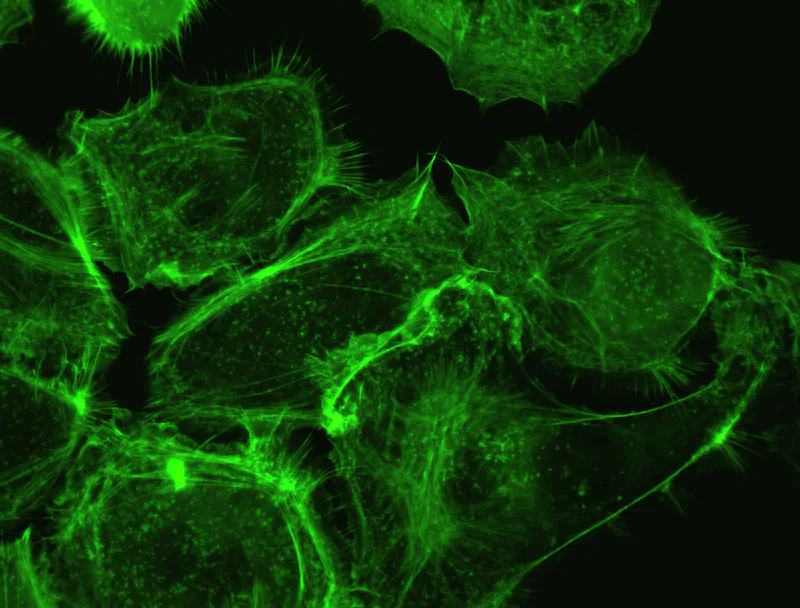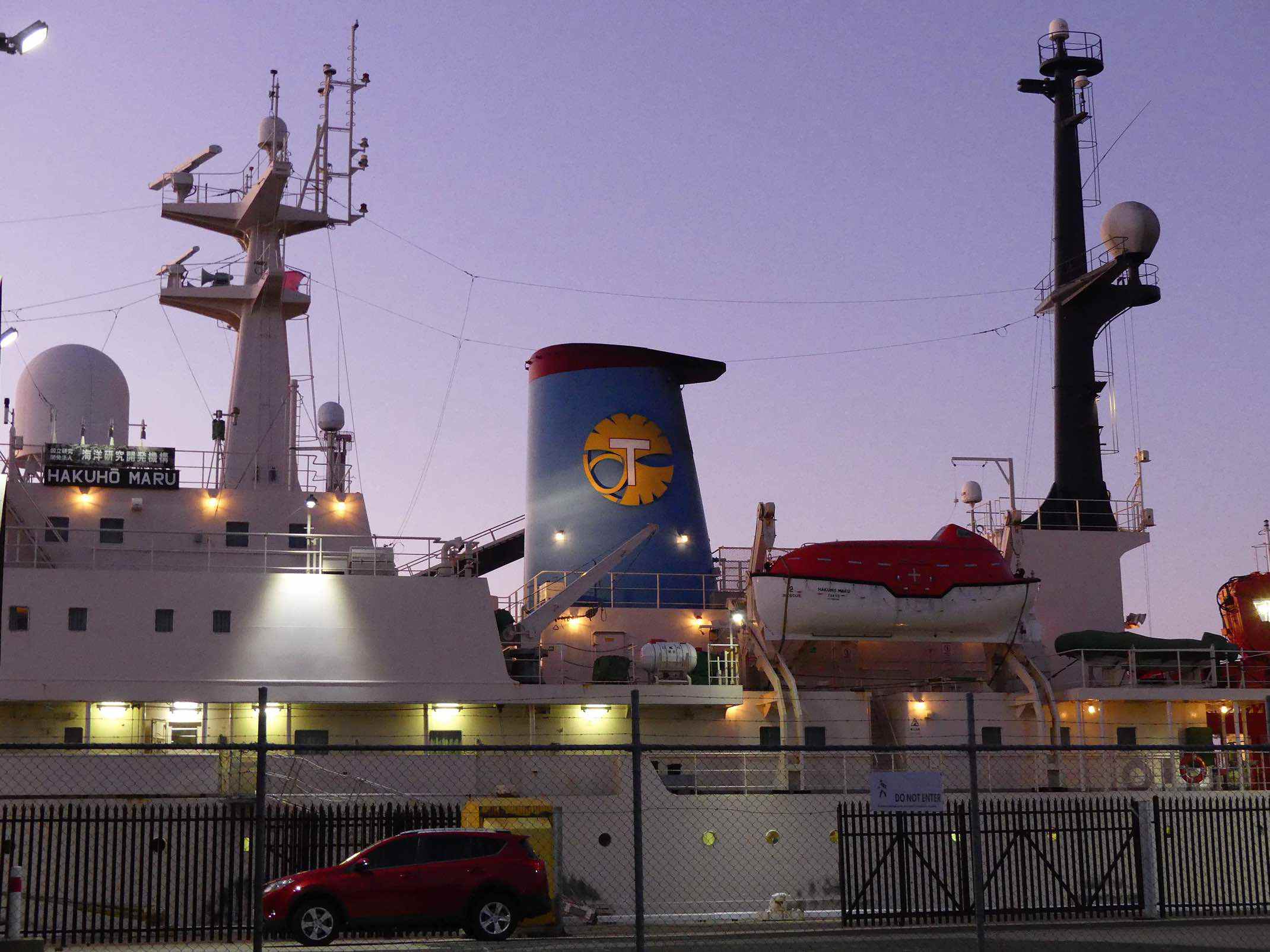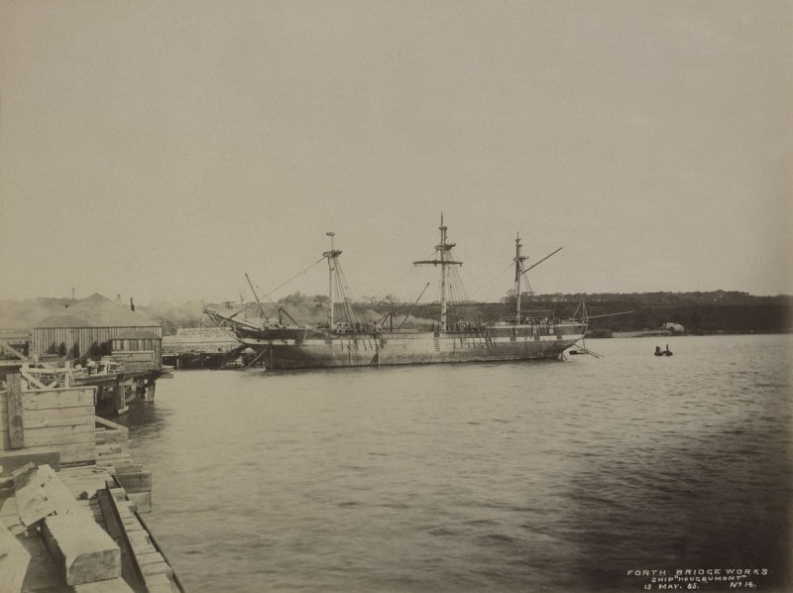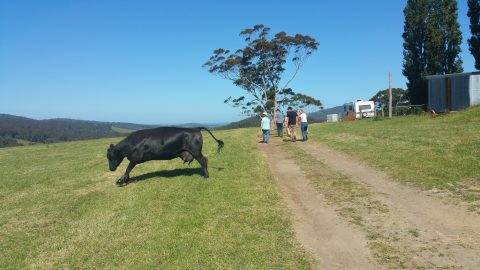Medical research in Australia is wide-ranging and covers the numerous health issues facing our society. There are hundreds of individual research groups working in universities, hospitals and various specialised research institutions (such as The Perron Institute in WA) involving many thousands of staff with a broad range of interests and skills.
Of course, financial support is critical for the promotion and maintenance of these projects. To this end the Turnbull Coalition Government established the Medical Research Future Fund or MRFF in 2015, as a longterm investment supporting Australian health and medical research. In 2023 the fund had grown to $22 billion and money is allocated to research projects either directly or via various organisations such as the NHMRC – the National Health and Medical Research Council.

National Cancer Institute
A large area of research in Australia is devoted solely to our understanding and treatment of cancer in all its forms. Most of us realise that cancer is one of the great remaining unsolved health care issues which thousands face each year. In recent years, research has taken great strides toward finding ways to both prevent and treat cancer. Unfortunately much
still needs to be done and whilst there are no really good cancers there are some particularly nasty ones with very poor outcomes despite the best of modern medicine.
These nasty cancers have low survival rates and generally result in suffering and death within 5 years for up to 90% of patients. The list includes mesothelioma and cancers of the pancreas, oesophagus, liver and brain, and rare sarcomas, which together account for over 10,000 deaths each year in Australia.
In 2018, a Senate select committee advised the Federal government to specifically fund research into cancers with low survival rates, which often fail to attract money from regular sources. Through the MRFF, $219 million was provided over 6 years and in this year’s 2024 budget the Albanese Government allocated an additional $411 million, taking the total to $1.6 blllion over 13 years for research into areas of pressing need, including that of low survival rate cancers.
Of course, the questions that now arise include –
* Which projects should receive funding?
* What are the likely success rates?
* Will we see major breakthroughs or even improvements in outcomes?
Cancer research essentially falls into 3 separate categories –
1. Epidemiological research investigates the ways in which cancers manifest themselves in our
population and encompasses causation, vulnerable groups and outcomes.
2. Basic research investigates the underlying nature of a particular cancer and today this is largely directed at the complex internal nature of cellular molecular biology.
3. Clinical research investigates treatment strategies through human trials.
All of these strategies complement each other so that basic research may reveal particular biochemical pathways that can be exploited by new medications, whilst epidemiology points to the most likely patients for admission to a clinical trial and how to analyse the
outcomes.

National Cancer Institute
The MRFF awards millions of dollars each year for medical research some of which is dedicated to low survival rate cancers. Some recipients this year include The Walter and Eliza Institute’s brain tumour study ($2M), University Sydney Gastrointestinal Stromal Tumours research ($2M), and UNSW Immunotherapy Advanced Sarcoma research ($2.5).
Of course good funding does not guarantee success and many research programs fail to provide meaningful outcomes. Even when successful the time frame from inception to clinical application, and patient benefit, is generally 5 – 10 years. However against these odds is
the occasional spectacular success.
A small group of dedicated clinicians at Fremantle Hospital started a project in the early 2000s with support from the Hospital, a small Cancer Foundation grant and some later funding from the NHMRC. They developed and investigated a treatment approach to a rare, but fatal, malignancy called Pancreatic Neuroendocrine cancer. Using a combination of innovative chemotherapy and radiopeptide nuclear therapy, they transformed the outcome for these patients with most now alive, and well, 5 or more years after treatment. A major breakthrough, but 10 years in the making.
Given the uncertainties of research outcomes, and the enormous resources required, many argue that Australia is just a tiny cog in the wheel of international cancer research and that we should be realistic about our chances of producing anything spectacular. Instead this group argue it would be better to focus our resources on participation in international advanced clinical trials of promising new treatments.
I would argue, however, that no-one can predict the outcomes of individual research. Look at the spectacular success of Australian research into a human papilloma virus vaccine which not only prevents herpetic lesions in the young but also prevents the later development of most cervical cancers and a subset of throat cancer.
I believe that the future is bright and it is not a matter of if, but when, we will
see breakthroughs for these poor outcome cancers.
By Dr Phillip Claringbold
~~~~~~~~~~~~~~~~~~~~~~~~~~~~~~~~~~~~
* If you’d like to COMMENT on this or any of our stories, don’t hesitate to email our Editor.
** WHILE YOU’RE HERE –
PLEASE HELP US TO GROW FREMANTLE SHIPPING NEWS
FSN is a reader-supported, volunteer-assisted online magazine all about Fremantle. Thanks for helping to keep FSN keeping on!
*** And don’t forget to SUBSCRIBE to receive your free copy of The Weekly Edition of the Shipping News each Friday!
****AND Shipees, here’s how to ORDER YOUR FSN MERCH. Fabulous Tees with great options now available!







